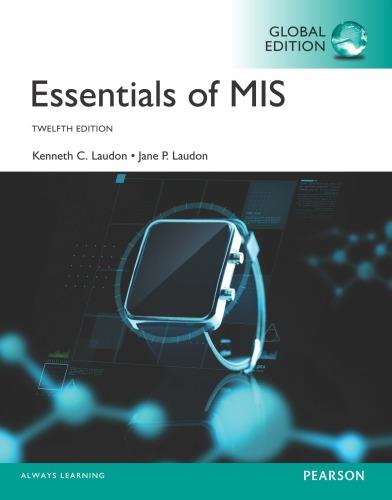
Assignment #2 2021-3-30 1. Suppose that the demand for flour is inelastic and the rising price of wheat increases the cost of producing flour. a. What happens to the equilibrium price and quantity of flour? Explain in words and with graphs. b. What happens to flour seller's total revenue? Why? 2. You own a small town movie theatre. You currently charge $5 per ticket for everyone who comes to your movies. Your friend who took an economics course in college tells you that there may be a way to increase your total revenue. Given the demand curves shown, answer the following questions. 10 Price 10 f Price Adult Demand Child Demand + + 10 20 20 40 50 60 70 80 90 100 Quantity 5 10 15 20 25 30 35 40 45 50 35 60 65 70 Quantity a. What is your current total revenue for both groups? b. The elasticity of demand is more elastic in which market? c. What is the elasticity of demand between the prices of $5 and $2 in the adult market? Is this elastic or inelastic? d. What is the elasticity of demand between $5 and $2 in the children's market? Is this elastic or inelastic? e. Given the graphs and what your friend knows about economics, he recommends you increase the price of adult tickets to $8 each and lower the price of a child's ticket to $3. How much could you increase total revenue if you take his advice? 3. The government has decided that the free market price of cheese is too low. a. Suppose the government impose a binding price floor in the cheese market. Use a supply-and-demand diagram to show the effect of this policy on the price of cheese and the quantity of cheese sold. Is there a shortage or surplus of cheese? b. Farmers complain that the price floor has reduced their total revenue. Is this possible? Explain. c. In response to farmers' complaints, the government agrees to purchase all of the surplus cheese at the price floor. Compared to the basic price floor, who benefits from this new policy? Who loses? 4. Using the graph shown, answer the following questions. Torice a. What was the equilibrium price in this market before the tax? b. What is the amount of the tax? c. How much of the tax will the buyers pay? d. How much of the tax will the sellers pay? e .How much will the buyer pay for the product after the tax is imposed








